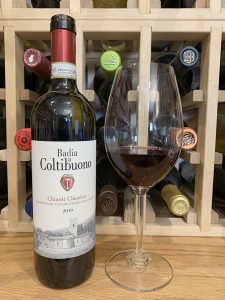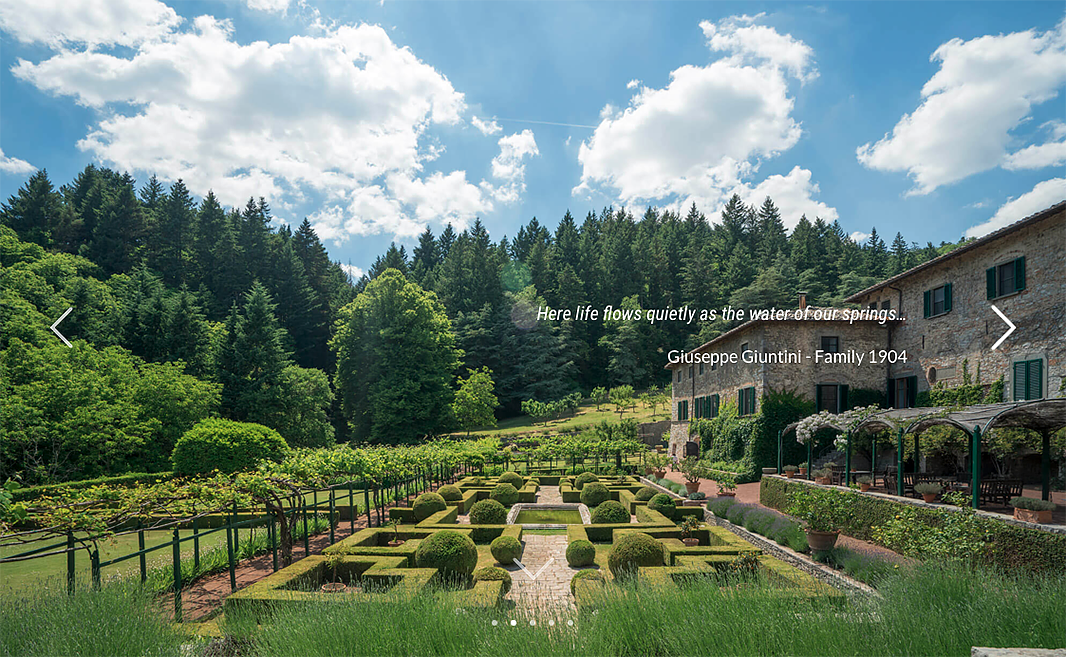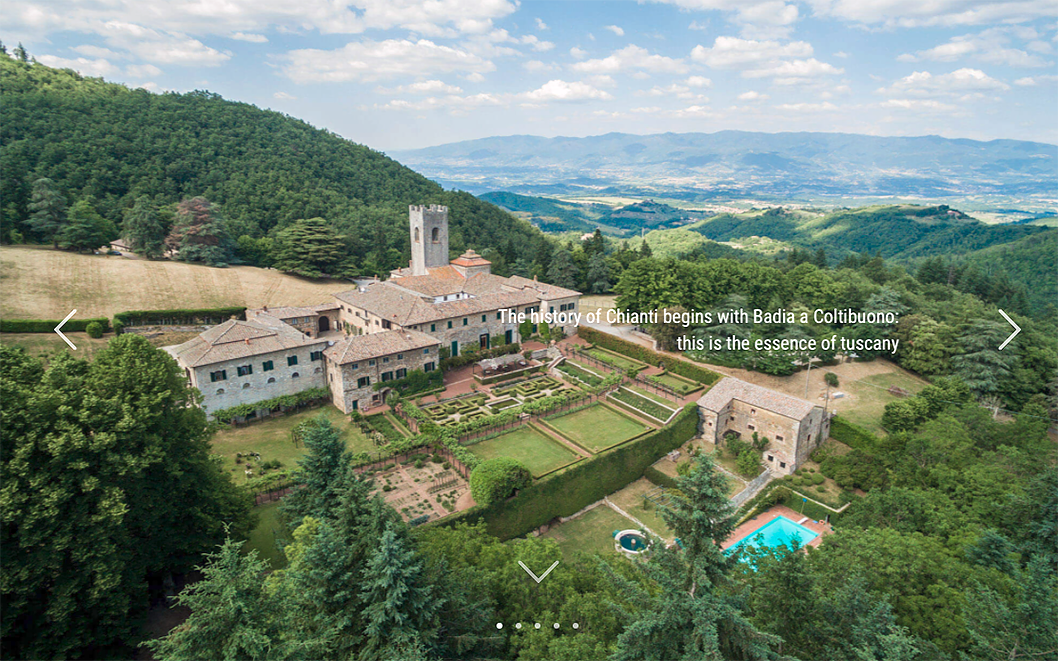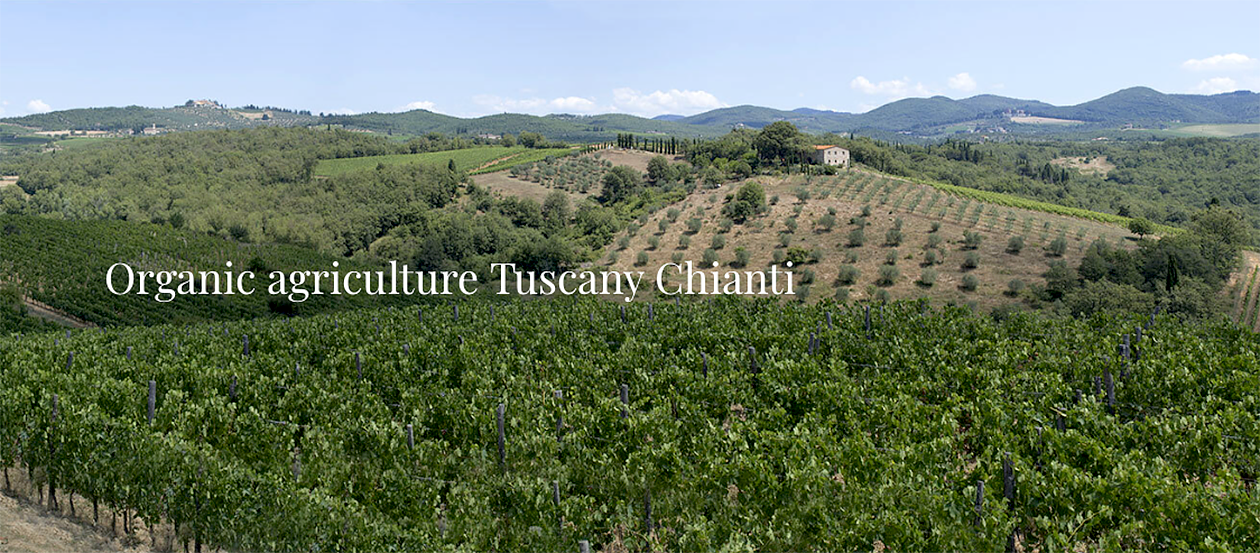Deep garnet color; cherry, raspberry, red berry, balsamic, flowers, dark spice, earth on the nose; cherry, raspberry, red fruits, licorice, oak on the palate.

Dry; relatively uncomplicated wine with polished tannins and balancing acidity. Showcases sangiovese without many distractions. Blend of 90% sangiovese, 4% canaiolo, 3% ciliegiolo, 3% colorino, all organically grown. Full body. Somewhat harsh on pop-and-pour; became more integrated, smooth easy drinker after decanting. Firm backbone of classic sangiovese flavor notes. Sour cherry contributes interesting surprise on vivid finish. 13.5% ABV
There can be some confusion about the name. The vineyard and winery are “Badia a Coltibuono”. At the same time, there is a “Badia a Cultusboni” produced by the same winery. Badia a Cultusboni is a négociant line using grapes purchased from Tuscan growers and sold at lower price points. Badia a Coltibuono—this wine—indicates estate-grown grapes and sells at higher price points. Badia a Coltibuono is more than a winery—it offers a hotel, apartments, a restaurant, cooking classes, and makes artisanal olive oils, balsamic vinegar, and red wine vinegar.

The Cultibuono name roughly translates as “Abbey of Good Culture.” The origins trace to 1051 when San Giovanni Gualberto, founder of the Vallombrosan order and patron saint of foresters, rangers, and parks, established the abbey. The Vallombrosans also may have been the first to cultivate sangiovese in Tuscany.
The website notes: “The Latin name was then: Badia a Cultus Boni, meaning alternatively “good cult”, “good culture”, “good agriculture” or “good harvest”. A monk’s document from Coltibuono, dated from the 12th century, mentions for the first time ever the word Chianti referring to this area.”

A badia—abbey—held a special place in Western Europe. The abbeys not only served as places of worship, they also were centers of learning and laboratories for agricultural advances. The monastery was active from the 1000s until 1810 when Napoleon annexed most of the church property in Tuscany. Some went to friends, others were sold.
After secularization, there were two owners before the Stucchi family secured the property in 1846. It became a commercial winery in 1957. Today, Roberto Stucchi Prinetti and his siblings—Emanuela and Paolo— are the seventh generation to be stewards of the land. Their philosophy is to emphasize organic practices, clonal diversity, and restrained use of oak.

Badia a Coltibuono Chianti Classico DOCG 2019 is a typical quality Chianti Classico with straightforward delivery of quality estate-grown sangiovese. Ticks off all the boxes of a quality Chianti Classico from a highly regarded maker. Excellent food wine. Organically grown grapes. Pair with range of foods; beef; lamb; veal; poultry; Italian cuisine; pasta with red sauce; antipasto; cured meats; charcuterie board. Cheese—hard Italian cheeses; parmesan; aged pecorino toscano, aged asiago, blue cheese, mozzarella, English Cheshire; semi-mature gouda, Italian taleggio. $21-23
